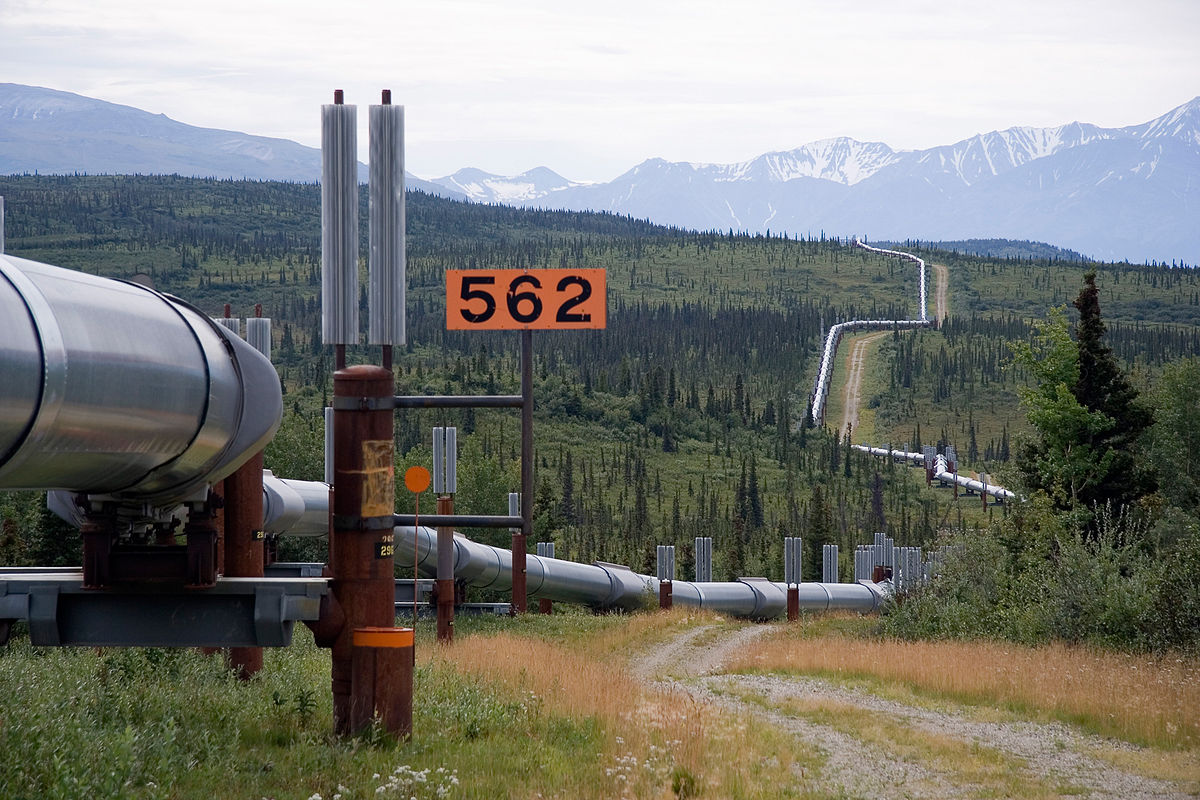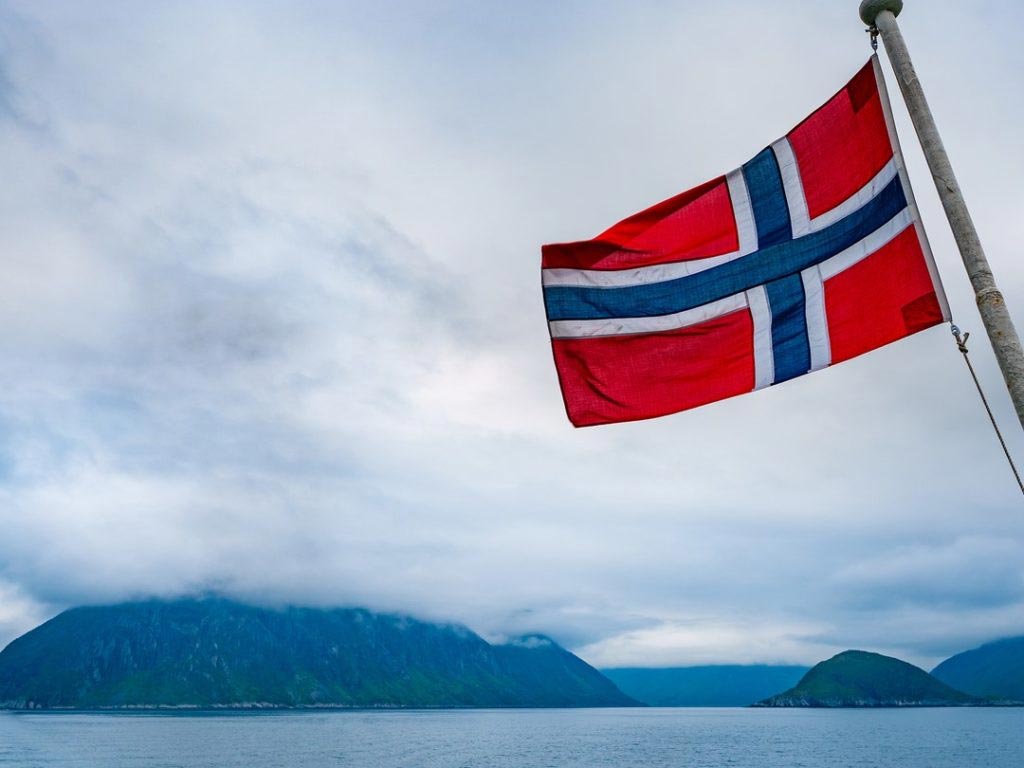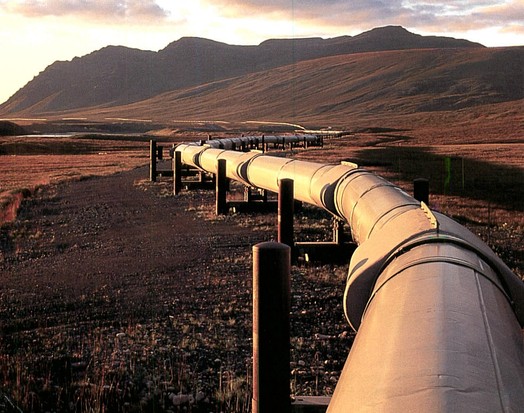Since 2015 a few major oil discoveries were announced on the North Slope Alaska basin that together could add at their peak approximately 450 thousand barrels per day (mbd) to the Trans Alaska Pipeline System (TAPS), says GlobalData, a leading data and analytics company. These include Smith Bay, Horseshoe, Pikka, Willow and Liberty oil discoveries.
In the short term, boosting the volume of oil transported through the TAPS depends greatly on the fields located within the National Petroleum Reserve-Alaska (NPR-A). Currently, around 544 thousand barrels of oil flows daily through the TAPS. Recent discoveries once developed could add up to 200 mbd in half a decade, increasing oil sales and state revenue. However, bringing these discoveries online is contingent on the construction of infrastructures such as roads, drilling pads, gathering pipelines and processing plants.
Gregory Bosunga, Oil & Gas Analyst at GlobalData, said: “Though Pikka and Willow discoveries are economically viable, with access to roads that could reduce development costs, their true oil potential will not be known without further appraisal drilling.”
Smith Bay will continue with more appraisals during the 2018 winter drilling season. The project will require a large capital investment; the early estimate is US$10bn to US$15bn in development costs. A big part of that cost is drilling, according to Caelus the project is expected to require four pads and some 400 wells.
“By comparison, ConocoPhillips has drilled some 200 wells from five pads at the onshore and better located Colville River unit for over US$1bn. Processing facilities would also add to the cost, including transportation costs estimated at US$2bn for a road to the Colville River unit and US$800m for a pipeline to move the hydrocarbons across the coastline,” Bosunga added.





